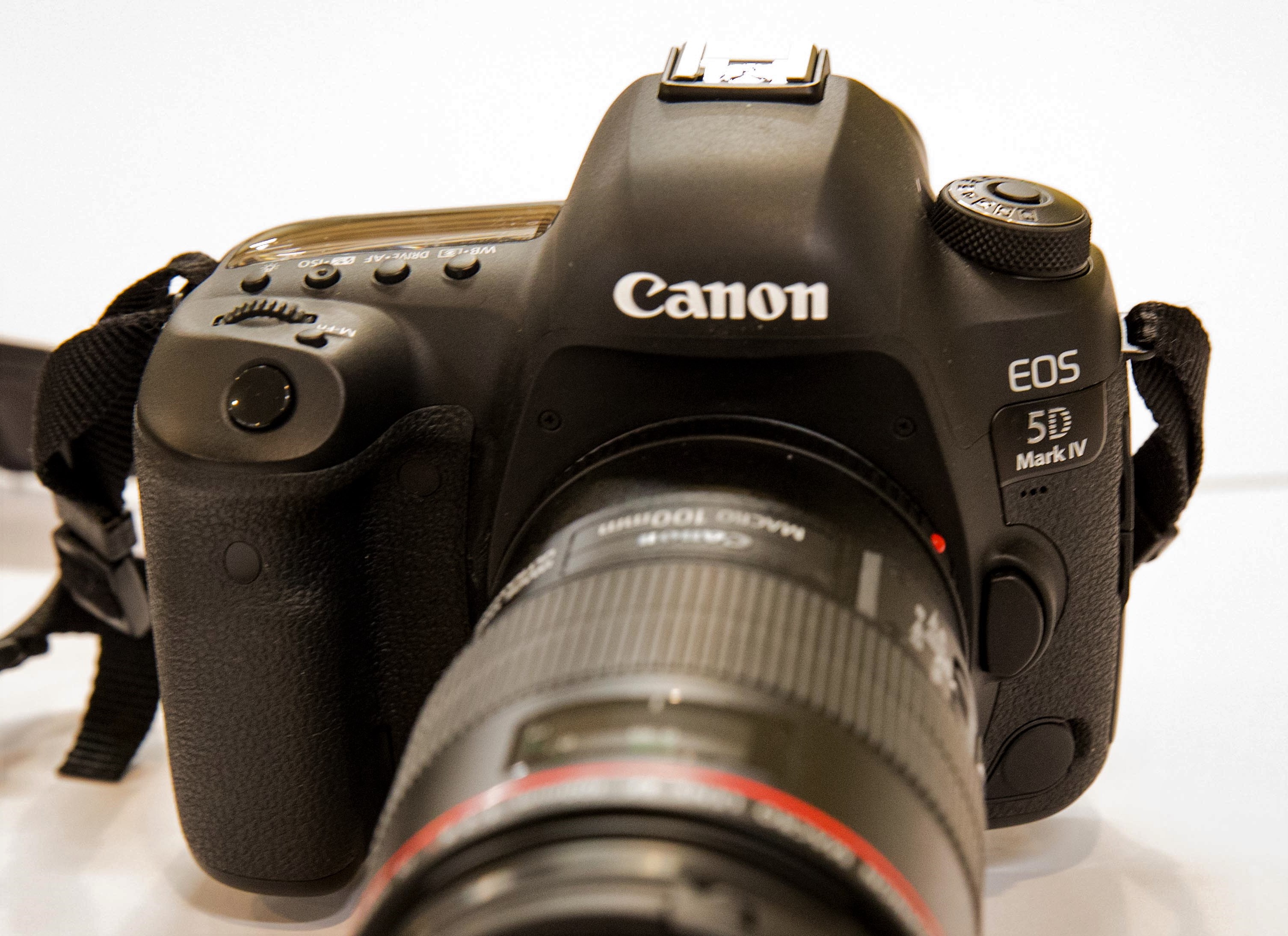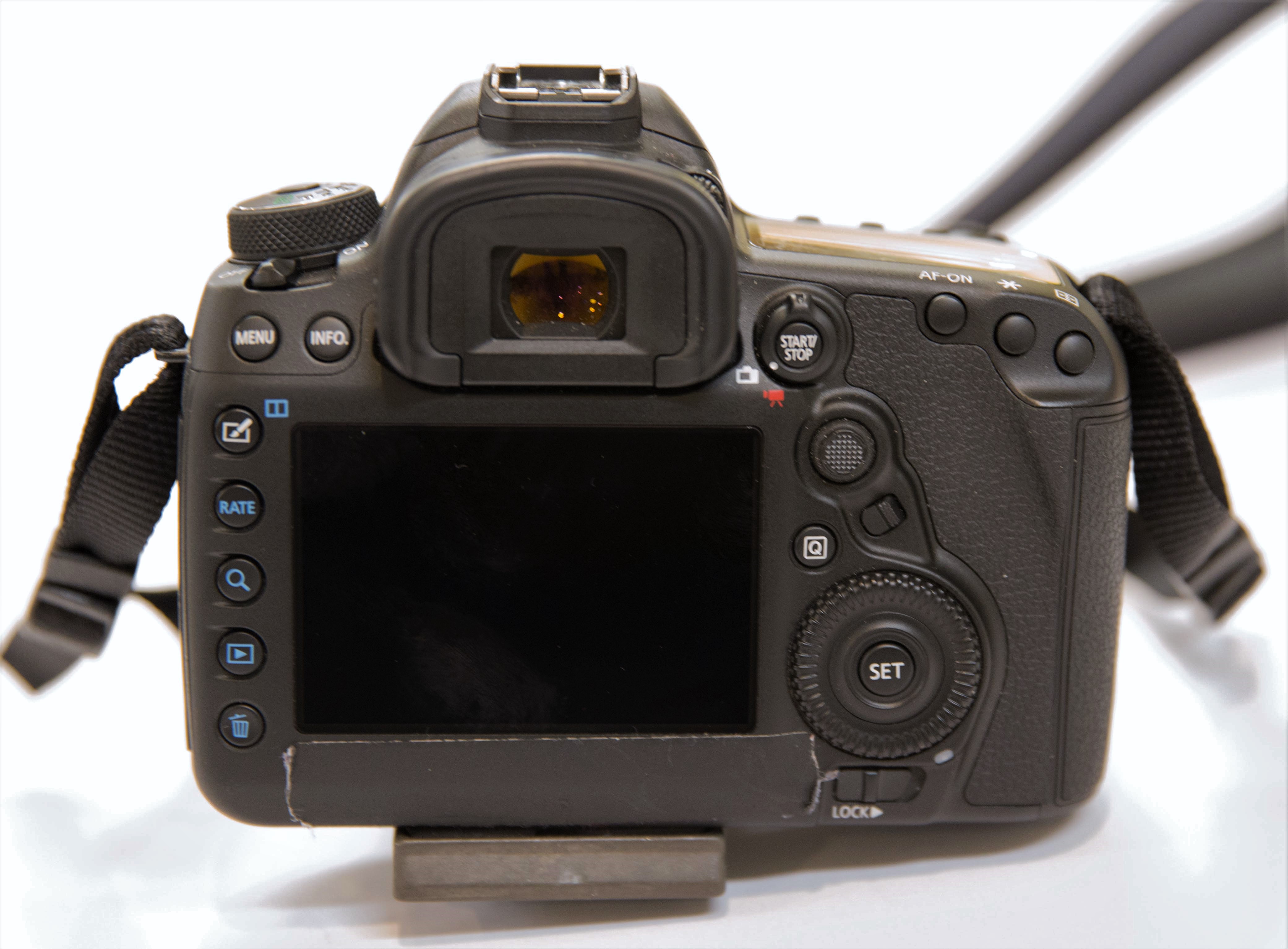 I judge a camera by how well it captures images that I find inspiring so that I can use post processing to evoke similar emotions in others. Thus, this review is based on personal opinions and will not focus on hard data.
I judge a camera by how well it captures images that I find inspiring so that I can use post processing to evoke similar emotions in others. Thus, this review is based on personal opinions and will not focus on hard data.
One aspect of the Mark IV reminds me of Photoshop – both are extraordinarily capable and each one has so many features that it’s extremely challenging to efficiently use them all. The Mark IV manual (English version) is over 600 pages long. My approach is to become comfortable with the functions that I commonly use and then to gradually increase my knowledge over time.
The Mark IV controls feel very natural since I’ve had Canon 5D’s in the past. One change in the layout is the addition of a new small button on the back of the camera that, when pressed, rotates through the various auto focus (AF) selection areas that you’ve established for your camera. Thankfully this button, which looks like a switch, was added without significantly repositioning the other controls.
The Mark IV body is slightly smaller and slightly lighter than its predecessor. However, the difference is almost imperceptible after a battery is installed and a lens is attached. All-in-all, it’s a relatively heavy camera … something I’m reminded of each time I use it.
Appealing New Features that Made the Upgrade Worthwhile
I’ll jump immediately to the new features that I find especially appealing.
First, since I often do extensive cropping and like to print relatively large sizes, the additional megapixels are very welcome. The increase from ~22MP on the Mark III to ~30MP on the Mark IV is significant for me.
Second, I really like the new touch-sensitive LCD screen on the Mark IV. Initially I didn’t think this would prove especially useful (more of a gimmick), however I was wrong. The screens are very well thought-out and their use is almost intuitive. Also, the screens have an outstanding level of sensitivity … they respond readily but aren’t so “touchy” that I’m constantly changing settings by mistake. Finally, the LCD screen has about 56% more pixels than the same size (3.2”) screen on the Mark III. Although this isn’t normally a visible improvement, it definitely makes a nice difference when magnifying the image on the screen to verify focus accuracy.
Third, the autofocus is phenomenal. Even in very dark scenes a fast lens will focus almost immediately with no searching. Although I had thought that the Mark III was good at autofocusing, the Mark IV has clearly raised the bar. The 61 autofocus points now cover a larger area so that it’s easier to track moving subjects. Also, all of the autofocus points are sensitive down to an f/8 aperture.
Fourth, there is a clear improvement in the dynamic range. It is now feasible to avoid blowing out highlights and still obtain detail in deep shadow areas. This is a real benefit since I previously had to revert to HDR techniques far too often. Now it’s only necessary to use HDR in extreme situations. I haven’t had a great deal of experience with other cameras (e.g., Nikon, Sony) but the technical reviews I’ve read indicate that the other major vendors are still ahead of Canon in this area but not nearly as much as before the Mark IV.
Fifth, I often find myself in situations that require high ISO settings. In the past I have missed a number of shots because I couldn’t set the ISO sufficiently high without having an unacceptable amount of noise. This has now been tremendously improved. I find that ISO’s of 3,200, 6,400 or even 12,800 are quite useable on the Mark IV. (Note that I use the Topaz Labs DeNoise 6 plugin in post processing. It seems to do a good job reducing noise without overly compromising image details.)
Four of the five items that I mention above are the main reason that I upgraded to the Mark IV. (The usefulness of the touchscreen came as a pleasant surprise.)
New Features that Sound Very Interesting
Now I’d like to share some of the Mark IV capabilities that I’m enthusiastic about learning and possibly using.
Occasionally in unanticipated “critical moment” situations, like when my grandson is doing something, I find that it’s not unusual for me to miss the perfect moment, even when shooting at 7 frames/second. However, the Mark IV has a feature that can virtually eliminate this problem by providing 30 frames/second! This is an amazing feat for a full frame camera, even though it’s only possible to obtain ~9MP JPEGs at this speed. Certainly, RAW captures would be much better than JPEGs, however I find that Photoshop/Lightroom can frequently do a really good job even when the image isn’t a RAW file. To obtain this number of frames/second Canon uses a peculiar format called Motion JPEG (M-JPEG) for its 4K videos. This format captures/stores each video frame as an 8.8MP JPEG and the camera’s software makes it simple to use the touchscreen to examine and extract any of these JPEGs and store them on the memory card. (The downside of this is, of course, very large files, but that’s not a concern for me since I rarely take videos.)
The Mark IV includes GPS capabilities. I haven’t used this feature but it promises to be very handy when I’m traveling.
Another capability of the Mark IV that I plan to take advantage of is its wireless connectivity. This would be useful for easy downloading of a few snapshots or even sending them directly to my iPhone so that I can email them to others. The Mark IV supports Near Field Communications (NRF) that allows it to share data with many types of smartphones.
***As I was writing this I decided to actually try the wireless connectivity. Here’s what I discovered.***
A free app named Canon Connect needs to be installed on the iPhone. Then, following some fairly straightforward steps, connectivity is established between the camera and phone. Once this is done the iPhone becomes an intelligent remote, allowing me to see and change camera settings (e.g., ISO, f-stop, shutter speed) and take pictures. While this is good the real jewel is that the camera’s live view is displayed in near-real time on the iPhone. Thus, I can watch (on my iPhone) what the camera is “seeing” and trip the shutter by touching the phone. This might be great for remote pictures of birds, kids or even sunsets when I’m too lazy to go out in the cold evening air.
Also, there’s an option on the iPhone to access the images stored on the camera. When I selected this option all the Mark IV’s images almost immediately became available on the phone. Nice.
As I was trying these wireless remote capabilities I somehow lost the connection between the camera and the iPhone. It seems that I’m going to have to “play” with this feature a lot more before I can depend on it … but it’s certainly got lots of promise.
***End of wireless exploration efforts.***
Capabilities that Are of Little Interest (to Me)
Companies typically hype their new products and Canon, of course, is no exception. Some of the marketing “glitz” (in my opinion) is:
- Faster burst rate (7 fps) than the Mark III (6 fps). For me this is a rather insignificant improvement. However, it’s fairly impressive that they increased (or even maintained) the old frame rate with the increase in megapixels. Also, if “capturing the exact moment” is critical then the ability to grab one of the 30 fps video frames is available. If that’s not sufficient then it is necessary to examine a more special purpose (and expensive) camera like the Canon EOS 1D or something similar from another camera company.
- Addition of ability to capture Duel Pixel Raw data. Duel Pixel Raw is new with the Mark IV. It takes advantage of the fact that the camera sensor’s pixels have a dual photodiode construction. With it the readings from both sides of each pixel can be obtained and used for autofocus and even captured and stored for postprocessing microadjustments of image sharpness using the depth information contained within the file. As I mentioned earlier the Mark IV’s autofocus ability is phenomenal. As far as adjusting the focus after an image is captured (or slightly moving the bokeh) the amount of adjustment is so small that I can’t imagine it to be particularly useful … particularly since storing the duel pixel readings doubles the size of the image file. However, this capability (which was first made available with the Lytro camera in 2012) is intriguing and could be very desirable if it is further enhanced in future years.
- Improved weather sealing. I’ve never hesitated to use my Mark III in rainy or snowy weather so the improvement in weather sealing isn’t a significant enhancement for my usage of the Mark IV camera. Nonetheless, it’s hard to argue that this change is a positive one and could become critical in some situations.
- 4K video capabilities. Since I rarely use my camera for capturing video, the improvements in this area are of little interest to me. However, as I’ve mentioned previously, the ability to select individual 9MP frames and store them sounds very useful and is a byproduct of the Mark IV’s 4K video.
Other Things I’d Like to Have
The Mark IV is such a feature-rich camera that there’s not much more I could ask for. However, one thing would be a very nice addition … an articulated LCD screen. My knees frequently remind me that I’m no longer a young man, thus it would be great to be able to tilt the LCD screen so that I didn’t need to kneel down to get a low perspective for an image. The increased pixels on the Mark IV screen would make this especially nice to have when using Live View to focus.
The only other addition that I would find useful would be for the Mark IV to be water-proof instead of only weather-proof. Although I don’t do underwater photography, knowing that the camera is impervious to water would be nice.
Summary
As I mentioned in the beginning of this review, it’s based on my personal camera usage style and needs. Thus, I’m certain that others would find some features very beneficial when they aren’t of particular interest to me. Similarly, some of the Mark IV capabilities that are valuable to me are probably not so for everyone else.
In general, the Canon EOS 5D Mark IV is an extremely capable camera. It seems to do everything well even though it does not capture 50MP images like the Canon EOS 5DS or 5DSR nor does it have the amazing 14 – 16 fps burst rate of the Canon EOS-1D. And its video, if that’s of interest to you, is reported to be extremely good even though it’s not a professional cinema camera like the Canon Cinema EOS family.
For those, like me, who take a wide variety of photos, from landscapes to portraits of grandkids, the Mark IV feels perfect.

